Xizang transformed: China’s human rights vision in action
An official white paper showcases the region’s progress since 2012, challenging Western ‘oppression’ narratives.
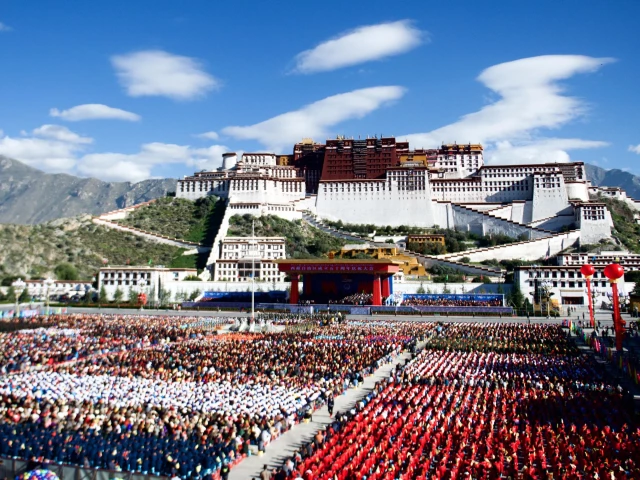
Last week, the Chinese government released a white paper detailing the historic progress in human rights in the Xizang Autonomous Region, more widely known as Tibet. Titled Human Rights in Xizang in the New Era, the document was unveiled at a press conference in Lhasa, the region's capital. It highlights advancements in social stability, economic prosperity, cultural development and religious harmony, portraying Xizang as a model of human rights progress in southwest China.
Since 2012, the region's transformation has demonstrated China's effective governance, countering Western narratives of "oppression." However, the human rights discourse surrounding Xizang is often misrepresented in international debates and exploited by anti-China forces for geopolitical purposes.
Under the leadership of the Communist Party of China (CPC), the Chinese government has prioritised economic development, social stability and legal protections for the people of Xizang — an effort reflected in the region’s transformation since its "peaceful liberation" in 1951.
The white paper recently released by China’s State Council Information Office highlights these changes, stating, "Xizang enjoys political stability, ethnic unity, economic development, social harmony and amity among different religions."
Historical context
The paper notes that before 1951, Xizang was primarily a theocratic feudal society. Historical accounts suggest that a significant portion of the population lived as serfs or slaves under a rigid social hierarchy. According to the Chinese government, this period was marked by widespread human rights violations, with most people having little to no personal freedom, political rights, or access to education and healthcare. Governance was deeply intertwined with religious authority and economic opportunities were largely restricted to the ruling elite.
Following the region’s incorporation into the People’s Republic of China, the CPC launched a series of reforms to transform Xizang’s socio-economic structure. The feudal serfdom system was dismantled and policies promoting land redistribution, economic development and social welfare were introduced.
From the official perspective, this marked a historic turning point, laying the foundation for human rights advancements by granting people access to fundamental rights such as education, healthcare and political participation. As the white paper states, "Before its peaceful liberation in 1951, Xizang was one of the worst regions in the world for human rights violations. Serfs and slaves were afforded no human rights: no protection of life, no personal freedom, no property and no freedom of thought."
Governance & legal reforms
One of the key aspects of human rights in Xizang is governance. The CPC has implemented a framework of “whole-process people's democracy,” ensuring that governance decisions involve public participation at various levels. The establishment of the Xizang Autonomous Region has enabled local governance structures that work within the broader framework of China’s political system.
Legal reforms have played a significant role in this process. The Chinese Constitution and various national laws provide a framework for the protection of civil and political rights, ensuring that people have legal recourse in matters concerning their rights and freedoms. In addition, efforts have been made to safeguard the cultural and linguistic identity of ethnic minorities, including policies that support bilingual education and cultural preservation initiatives. The white paper asserts "The CPC has maintained a people-centered approach to human rights and a commitment to ensuring human rights through development and has vigorously promoted whole-process people’s democracy."
However, governance in Xizang is also closely linked to national security and stability. Policies ensuring social harmony and ethnic unity have been prioritised, with the government emphasising measures to prevent separatism and maintain national cohesion. From an administrative perspective, this approach ensures long-term stability, which is viewed as essential for economic and social progress.
Economic development as a pillar of human rights
The Chinese government strongly associates economic development with human rights progress. Since the 18th CPC National Congress in 2012, there has been an intensified focus on economic investment and infrastructure development in Xizang. The region has witnessed significant improvements in transportation, urbanisation and industrial growth, contributing to better living standards for its population.
Key economic policies in Xizang have focused on infrastructure development, poverty alleviation, healthcare advancements and education expansion. Investments in roads, railways and telecommunications have strengthened connectivity with the rest of China, fostering economic integration and creating new opportunities for trade and business.
Targeted initiatives have helped lift many people out of poverty by expanding access to education, vocational training and employment. Modern hospitals, medical training programmes and government-subsidised healthcare have improved life expectancy and lowered mortality rates. Meanwhile, the establishment of schools and universities, along with scholarship programmes, has boosted literacy rates and provided the young people of Xizang with greater access to higher education.
From this perspective, economic growth serves as the foundation for securing fundamental human rights by providing individuals with greater access to healthcare, education and employment opportunities, ultimately improving their quality of life. As the white paper states, "Advances in human rights in Xizang are part of the development of contemporary China and a natural result of the progression of socialism with Chinese characteristics."
Social stability and ethnic unity
Social stability is a central theme in discussions about human rights in Xizang. The Chinese government has implemented policies to promote ethnic unity, religious harmony and social cohesion. While religious freedom is legally protected, religious activities are regulated to align with national laws and policies that emphasise unity and prevent extremism.
Affirmative action programmes support ethnic minorities in education and employment, ensuring representation and economic participation. Additionally, the government has prioritised counter-terrorism and anti-separatism measures, viewing them as essential for maintaining peace and development in the region.
These policies aim to integrate Xizang’s population into the national framework while preserving its cultural identity. In this context, stability is seen as a prerequisite for sustainable human rights progress, enabling long-term development and social prosperity.
Onwards to a better future
The evolution of human rights in Xizang has been closely linked to China’s broader development policies. Since its peaceful liberation, the region has undergone significant economic, social and legal transformations that have contributed to improved living standards, governance structures and social stability. The CPC’s approach emphasises a model where human rights are ensured through development, stability and national unity.
As the white paper concludes, "This progress represents a remarkable achievement in protecting human rights on the snowy plateau." While challenges remain, the progress achieved so far reflects a structured and evolving strategy aimed at securing a better future for the people of Xizang.

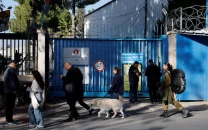




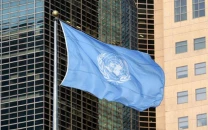



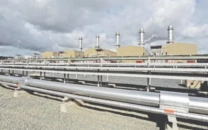



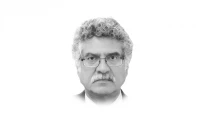




COMMENTS
Comments are moderated and generally will be posted if they are on-topic and not abusive.
For more information, please see our Comments FAQ